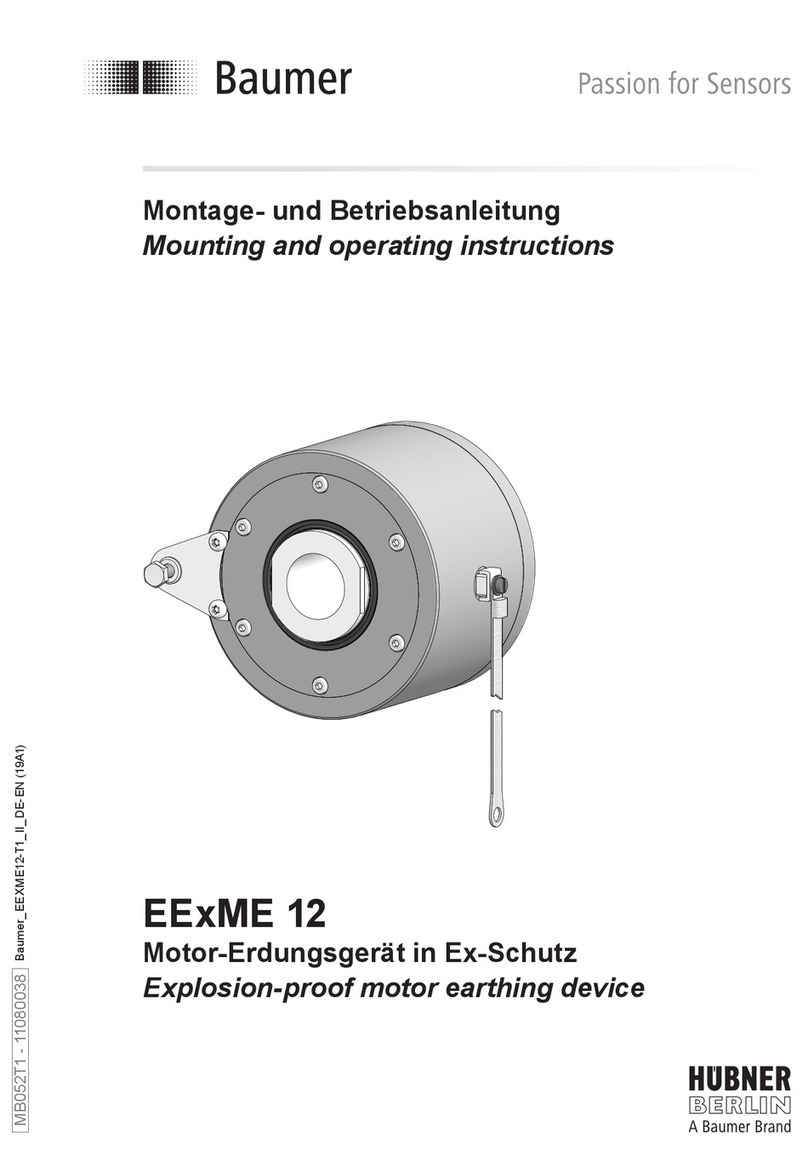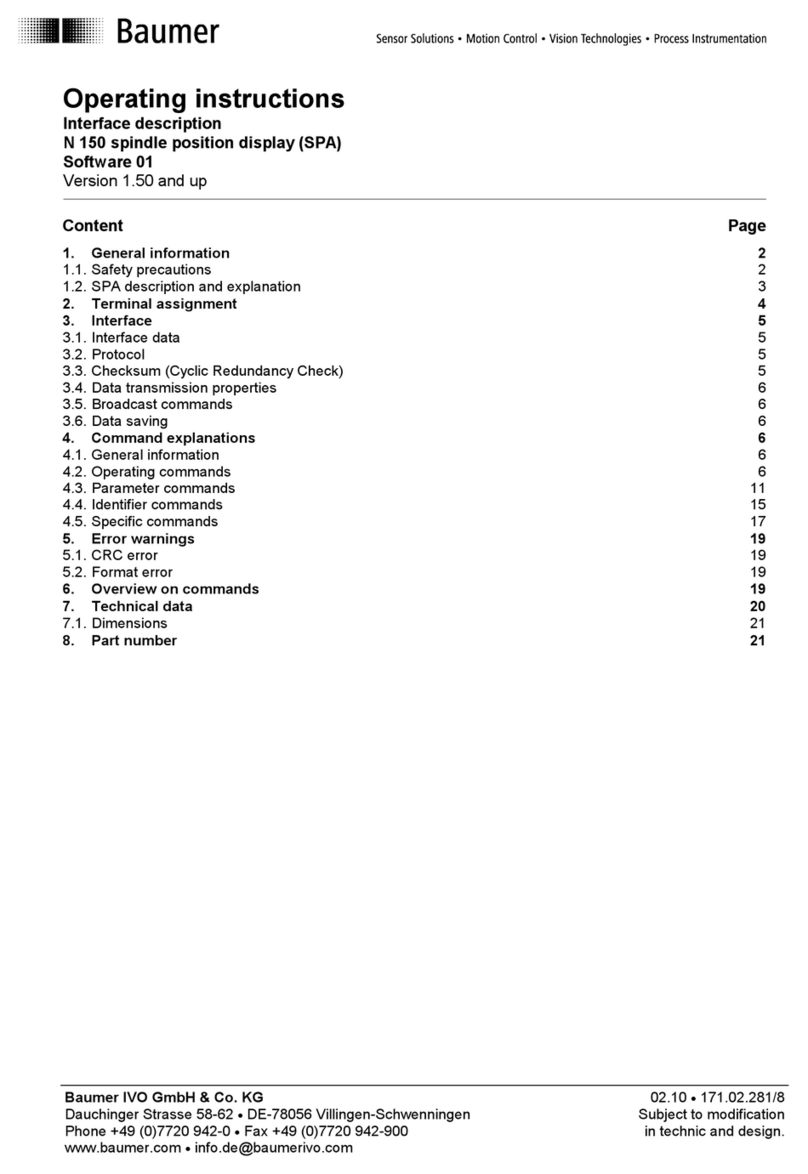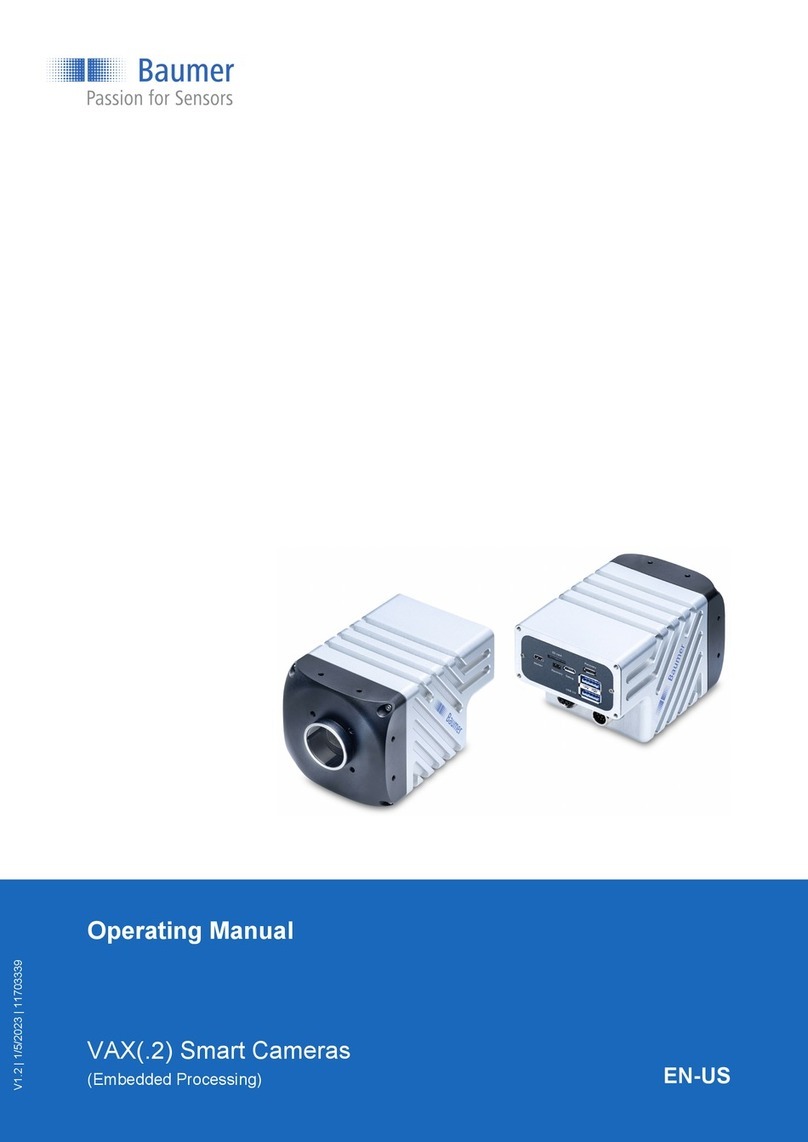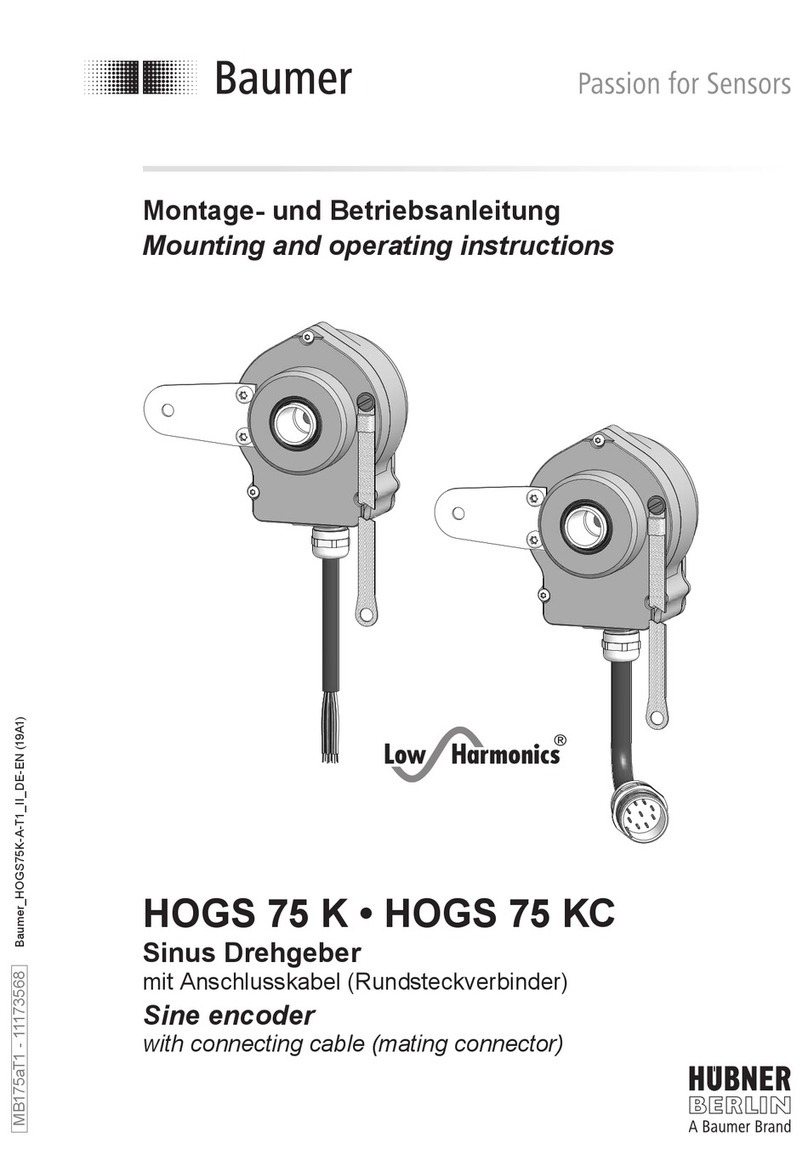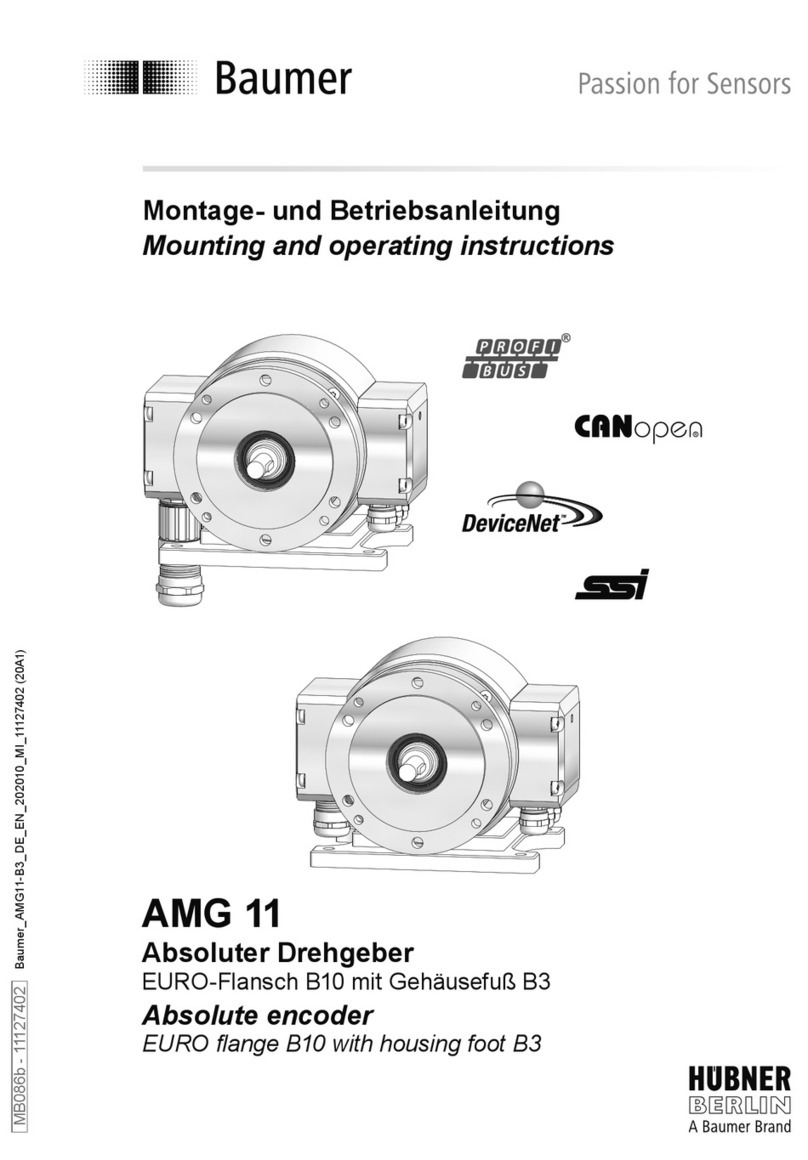
Table of contents
1 General................................................................................. 8
1.1 Overview....................................................................... 8
1.1.1 Sensor ULT 400 XL.................................................... 8
2 Safety and responsibility................................................... 9
2.1 Symbols in this manual................................................. 9
2.2 Designated use........................................................... 11
2.2.1 Sensor ULT 400 XL.................................................. 11
2.3 Reasonably foreseeable misuse................................. 11
2.4 Safety devices............................................................. 11
2.5 Work areas and danger zones.................................... 11
2.6 Safety marking............................................................ 12
2.7 Securing against restart.............................................. 12
2.8 Responsibility of the owner......................................... 12
2.9 Integrator responsibilities............................................ 14
2.10 Immediate measures following an accident.............. 15
2.11 Personnel requirements............................................ 17
2.12 Personal protective equipment................................. 19
2.13 Safety guidelines for transport and storage.............. 20
2.14 Safety guidelines for assembly and commis-
sioning...................................................................... 21
2.15 Safety guidelines for maintenance and resolving
faults......................................................................... 23
2.16 Safety information for replacement parts.................. 24
2.17 Component-specific safety guidelines and residual
risks of the Baumer hhs system................................ 24
2.17.1 Sensor ULT 400 XL............................................... 24
3 Layout and functional description.................................. 26
3.1 Function...................................................................... 26
3.1.1 Sensor ULT 400 XL.................................................. 26
4 Transport and storage...................................................... 30
4.1 Delivery....................................................................... 30
4.2 Transport inspection................................................... 30
4.3 Storage....................................................................... 30
4.4 Disposing of packaging materials............................... 30
5 Assembly and installation................................................ 32
5.1 Assembly ULT 400 XL................................................ 32
5.1.1 Sensor ULT 400 XL.................................................. 32
5.2 Electrical connection ULT 400 XL............................... 33
5.2.1 Sensor ULT 400 XL.................................................. 33
6 Commissioning................................................................. 35
6.1 Preparing test material for commissioning.................. 35
6.2 Commissioning ULT 400 XL....................................... 35
Table of contents
04.05.2021ULT 400 XL6

